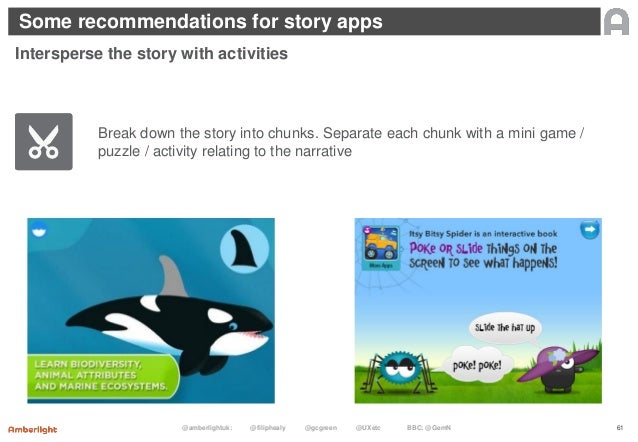

This talk looks at what the impacts are for making dumb technology smart enough to cope with ‘idiots’ what growingly constitutes interaction design determining whether data is nothing more than fools gold and how moving from screens to experiences continues to drive the IxD / UX industry in the 21st century.Ībout the speaker: Matt is a highly experienced creative technologist, specialising in customer experience and service design strategy.įor the past few years, he has consulted with O2 Telefónica UK’s consumer marketing department as part of their Customer Innovations and Experience Design team where he focuses on vision and strategic propositions. And yet these are the businesses that seek to exploit the IoT for its riches, an endless pot of gold – personal data from which to sell even more data generating technology. Our employers insist on the infallibility of the logic and resort to calling our participants ‘idiots’ seeing 40% failure as 60% success. We know all too well that the logic we employ to make interaction “user friendly” is often unfurled no sooner as our participants sit down. All in the pursuit of convenience: technology that just knows what to do before we do.Īs designers and researchers, we have faced our nemesis, ‘the user’, head on (or at least behind two way mirrors). The Internet of Things (IoT) wants to hide buttons, do away with commands, remove mind-controlled levers, taking them all away from our consciousness.

What is now designed to represent a button, the move to voice commands or even the use of mind control, does not end of our interaction story. So they were automated and slowly removed from view, replaced with a single button. As time progressed more levers were introduced to the point of too many. With the premise of something good (or bad) to follow. IDIoT – Interaction Design for the Internet of Things – Making Dumb Technology Smart Enough for Idiots.Ībstract: Interaction design started out with the affordance of a lever, a desire to hold it, move it, and a hand to pull it. I started as a usability expert at the Fraunhofer Institute of Industrial Science, Germany, after which I gained a PhD in Psychology in London, and I am also a lecturer in Psychology at the University of East London. My main work is on interaction design and user experience, in particular its dependence on human decision-making style. I am a researcher and senior consultant in user experience.

We also discuss findings on possible solutions, such as collaborative pairing of interaction designers with programmers.

Results are presented from interviews and survey-based research on the barriers to introducing successful Agile development processes. Despite its success of being adopted across large sections of the industry, effective implementation of Agile practices still remains a problem, in particular in large organisations. Efficiency and quality of output is achieved through collaboration across roles in adaptive planning, evolutionary and iterative development cycles, early delivery of working code, and continuous improvement.
#Amberlight ux software
Volker Thoma ( Amberlight UX / University of East London)Īgile is a lean software development methodology framework that promotes collaboration between self-organizing, cross-functional teams. If you would like to book a ticket to the event then please visit our HCID 2015 Day Ticket Eventbrite page.ĪGILE thinking in developers and designers Below are details for talks being held at 2:30pm for reference only.


 0 kommentar(er)
0 kommentar(er)
